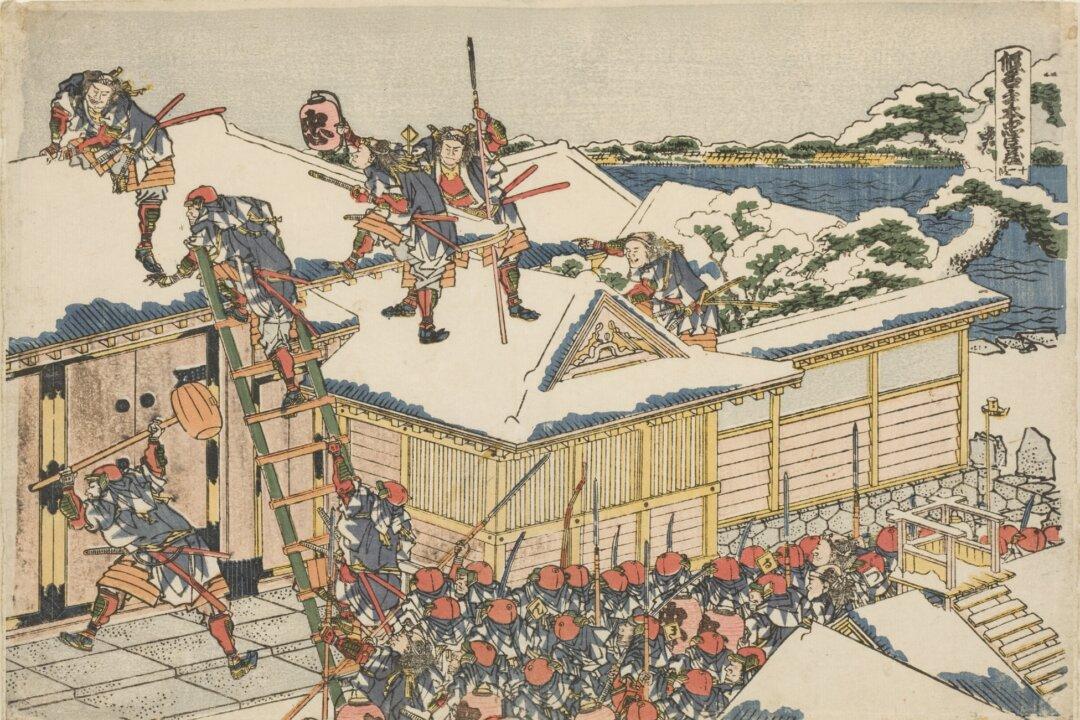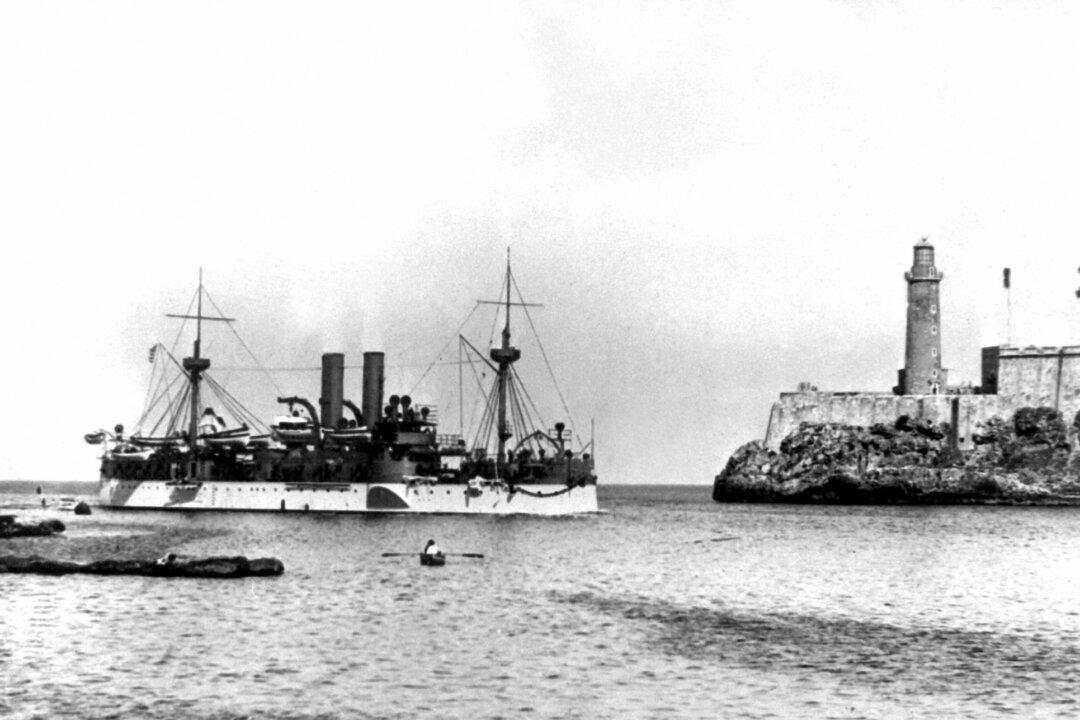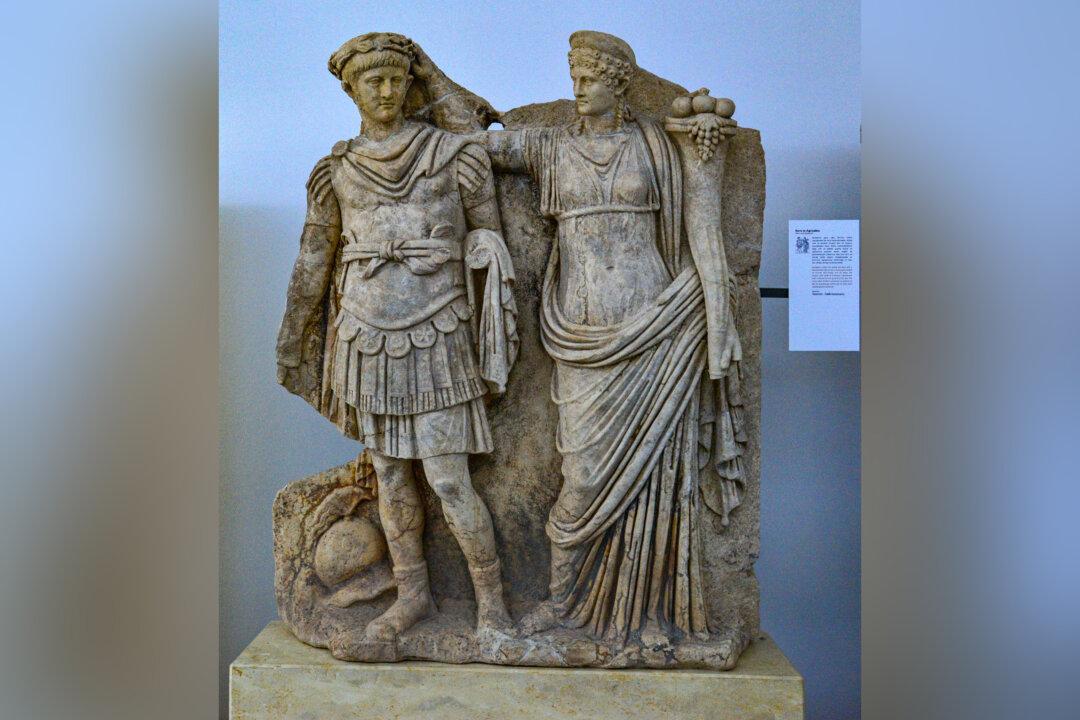The era of the Tokugawa Shogunate in Japan spanned 250 years from the early 1600s. It was a time of enforced isolation from the rest of the world with few visitors permitted and no Japanese allowed to leave. It was also a time of rigid social distinctions and iron-clad custom. Sometimes strong moral impulses clashed and produced epic stories such as that of the 47 ronin, which intrigues even today.
The story begins in 1701 with a dispute between a rural daimyo (feudal lord) named Asano Naganori and a high-ranking official of the shogunate, Kira Kozuke-no-Suke Yoshinaka. Kira, angry because he had not been sufficiently bribed, offended Asano and called him a country peasant, which provoked the daimyo into attacking his superior with a knife. This was a serious matter as it occurred on the grounds of the ruler’s palace.
Asano was ordered to kill himself by seppuku, a ritualized form of disembowelment. His holdings were to be seized, his family disgraced, and his retainers were to be made “ronin”—outcasts, masterless men. Moreover, the government ruled that no revenge was to be taken against Kira for having started this catastrophe.
Dozens of Asano’s men, however, vowed to avenge their master as their samurai code demanded, but they knew that Kira would be watching for such a move. Therefore, they split up and appeared to accept their fate; they took regular employment, quite aware that they would be regarded as spiritless and cowardly for doing so.
Their leader Oishi Kuranosuke, who had been Asano’s principal counsellor, acted particularly boorishly, as if the thought of revenge had never occurred to him. He moved to Kyoto, became a drunkard and consorted with prostitutes, reviled by those who knew him for being such a loser. On one occasion he fell down drunk on the street, and was kicked and spat upon by a passerby disgusted by his spineless behaviour. Kira’s spies reported this back to their master.
In secret, however, Oishi and his comrades were gathering weapons and armour and scouting out Kira’s security precautions. In their roles as workmen and merchants they penetrated Kira’s fortified home—one ronin went so far as to marry the daughter of the house-builder to gain access to the layout of the heavily defended residence.
When almost two years had passed, and Kira’s guard was relaxed, the ronin reconvened to attack their enemy’s castle. On a night in late January 1703, in the middle of a snowstorm, the 47 samurai stormed the castle from the front and rear with archers posted to kill any escapees. The immediate neighbours had been alerted that what was taking place was legitimate vengeance so that they would not interfere. The ronin were under orders to harm no innocents and to do battle only with those who opposed them. Once inside, the attackers went from room to room, searching for Kira and killing those who sought to bar their way. Kira was located, trembling with fear, hiding in a woodshed.
The ronin offered Kira the opportunity to commit suicide honourably, and even offered him the knife that their master Asano had used in his own death, but Kira refused to kill himself. Oishi, therefore, decapitated him with his master’s knife, after which the ronin left to lay Kira’s head (and the fatal dagger) on Asano’s tomb. Then they dutifully turned themselves over to the authorities.
Their actions placed the government in a moral quandary. On the one hand, they had broken the Shogun’s command that no revenge should be taken. On the other hand they had behaved in a most honourable fashion and had avenged their master as samurai should. Moreover, the ronins’ deed was widely approved of by those who had learned of it. The Shogun’s solution: Instead of being executed, the ronin, including Oishi’s 16-year-old son, would be given the opportunity to ritually kill themselves by seppuku.
Their graves in the Buddhist cemetery in the Sengaku-ji temple, near to the tomb of their master, immediately became the site of pilgrimage and respect. Even today, visitors come to that temple in Tokyo and buy incense sticks to light in memory of those samurai who had died exhibiting the Japanese virtues of loyalty, courage, and self-sacrifice.







